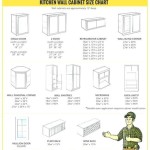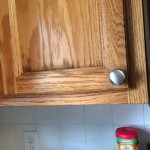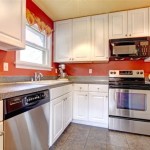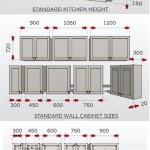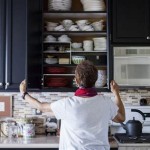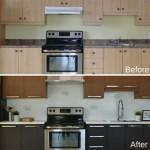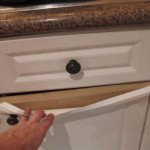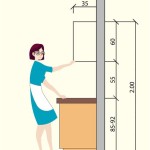Essential Aspects of Hanging Kitchen Cabinets by Yourself
Understanding the essential aspects of hanging kitchen cabinets by yourself is vital for a successful and efficient installation. From precise measurements to secure mounting, every step plays a crucial role in ensuring the longevity and aesthetics of your kitchen cabinetry. This article will explore the fundamental factors involved in hanging kitchen cabinets independently, empowering you with the knowledge and guidance to achieve a professional-looking result. ### Precise Measurements Accuracy in measurements is paramount for ensuring a seamless fit and preventing misalignments. Use a laser level to establish a level reference line and measure from this line to the underside of the upper cabinets. Determine the exact distance between the cabinets and walls, allowing for any crown molding or backsplash. Carefully mark these measurements on the walls and cabinets for precise placement. ### Sturdy Mounting System The mounting system is the backbone of your cabinets, providing stability and preventing any sagging or movement. Choose high-quality brackets or rails designed specifically for kitchen cabinets. Use screws or nails with sufficient length and diameter to securely anchor the cabinets to the wall studs. Ensure the brackets are evenly spaced and level for proper weight distribution. ### Leveling and Alignment Once the cabinets are mounted, it's essential to level and align them carefully. Use a level to check the horizontality of the cabinet tops and adjust the brackets or shims accordingly. For alignment, measure the distance between the cabinet faces and make any necessary adjustments using spacers or shims. This process ensures a clean and uniform appearance. ### Secure Attachment After leveling and alignment, verify that the cabinets are firmly attached to the wall studs. Retighten all screws or nails and use additional reinforcements, such as L-brackets or cabinet stabilizers, if necessary. These reinforcements provide extra support and prevent the cabinets from loosening or pulling away from the walls. ### Concealing Hardware Concealing hardware is crucial for achieving a professional finish. Use caps or plugs to cover exposed screw heads, especially on visible cabinet faces. Consider using self-closing hinges with concealed cups to eliminate visible hinges. These small details enhance the aesthetics of your kitchen and give it a more polished look. ### Final Touches Once the cabinets are securely hung, add the finishing touches to complete the installation. Install crown molding, if desired, to add a decorative element and conceal any gaps between the cabinets and ceiling. Attach cabinet doors and drawer fronts, ensuring they open and close smoothly. The final touches elevate the look of your kitchen and make it functional. ### Conclusion Hanging kitchen cabinets by yourself requires a combination of precision, attention to detail, and a thorough understanding of the essential aspects. By following the steps outlined in this article, you can achieve professional-looking results while saving on installation costs. Embrace the challenge, take your time, and enjoy the satisfaction of creating a functional and aesthetically pleasing kitchen.
How To Install Kitchen Cabinets Diy Family Handyman

How To Install Cabinets Like A Pro The Family Handyman

How To Install Upper Cabinets Like A Pro Cabinetselect Com

Here S How Install New Upper Kitchen Cabinets

How To Install Hang Cabinets By Yourself Using The Stand In

How To Install Upper Kitchen Cabinets By Yourself The Handyman

How To Install Kitchen Cabinets All By Yourself Re

Hanging Cabinets By Yourself Couldn T Be Easier With This Genius 2x4

How To Install Kitchen Cabinets

Diy Kitchen Cabinets This Is How Much You Could Save 21oak
Related Posts

